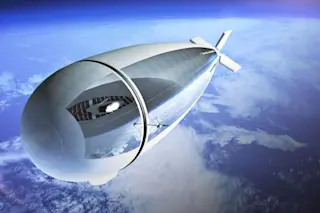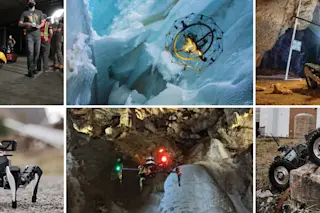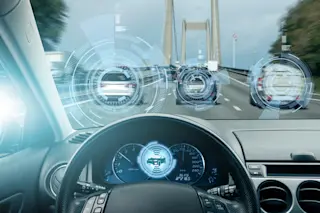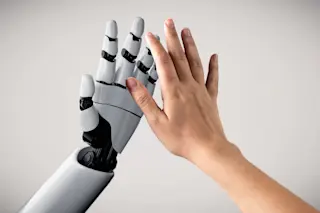By Darren Ansell, University of Central Lancashire
This article was originally published at The Conversation, an online publication covering the latest research.
Apparently keen to inject a bit of fun into its image after a damaging few weeks of press coverage, online retail giant Amazon has announced that it is experimenting with the use of drones to deliver its products. According to chief executive Jeff Bezos, a squadron of unmanned “octocopters” could be deployed in the next five years to deliver packages of up to 5 pounds (2.3kg) to customers just 30 minutes after they place an order. The idea of using small unmanned aerial vehicles for delivering consumer goods has been around for a few years and Amazon is unlikely to be the only company looking to the skies to expand its customer base. One company in Australia is planning to start delivering textbooks in this way as early ...













